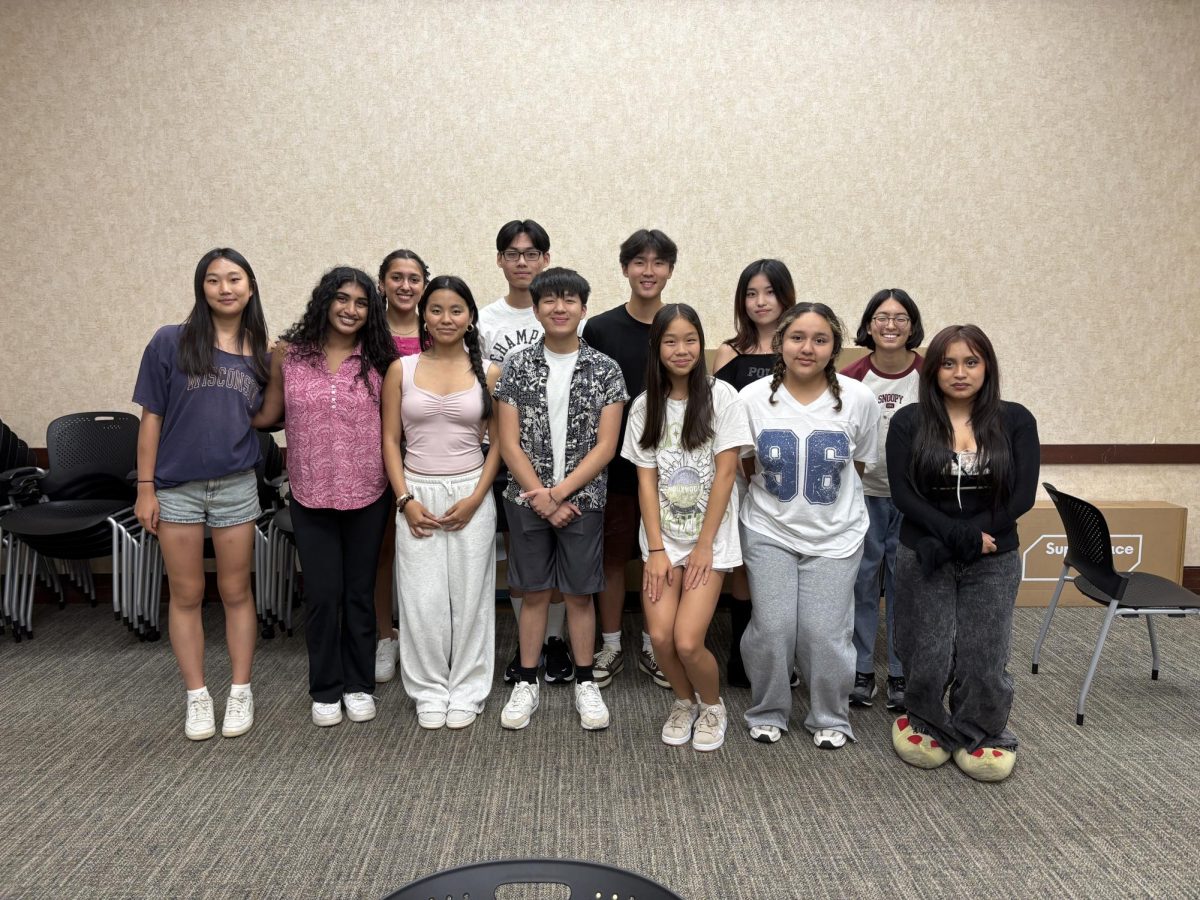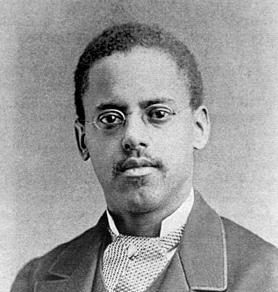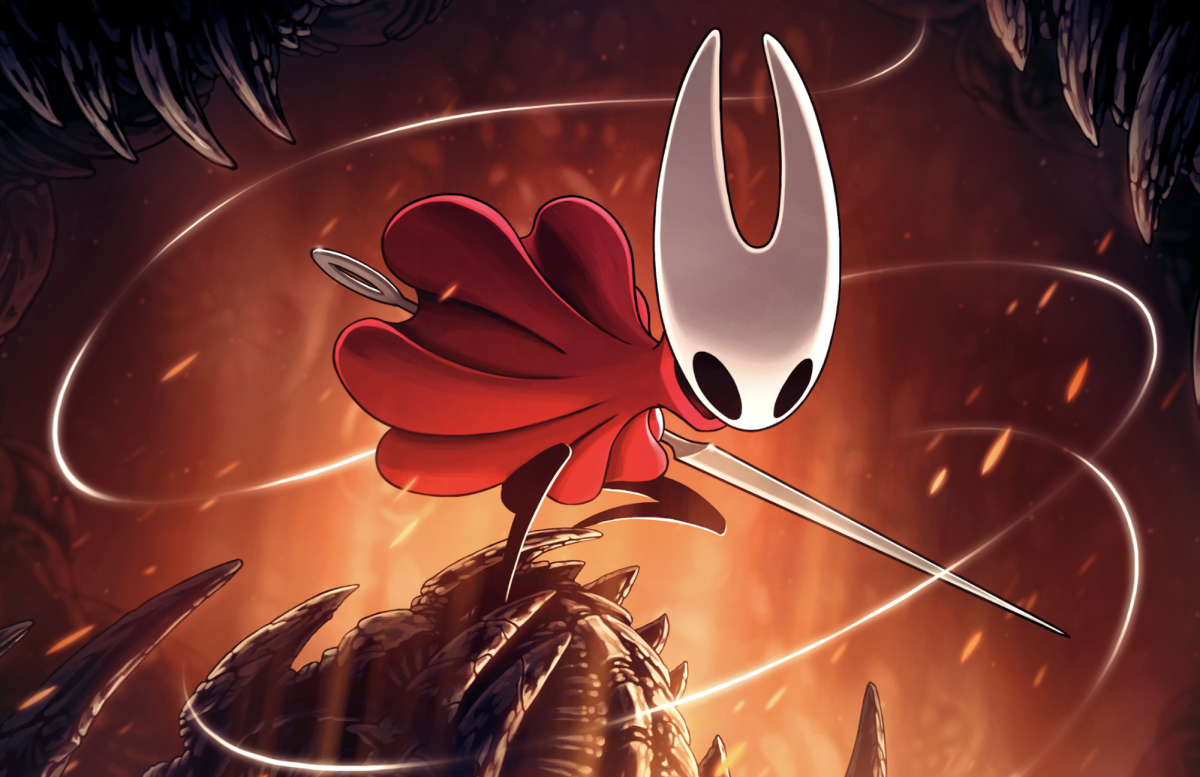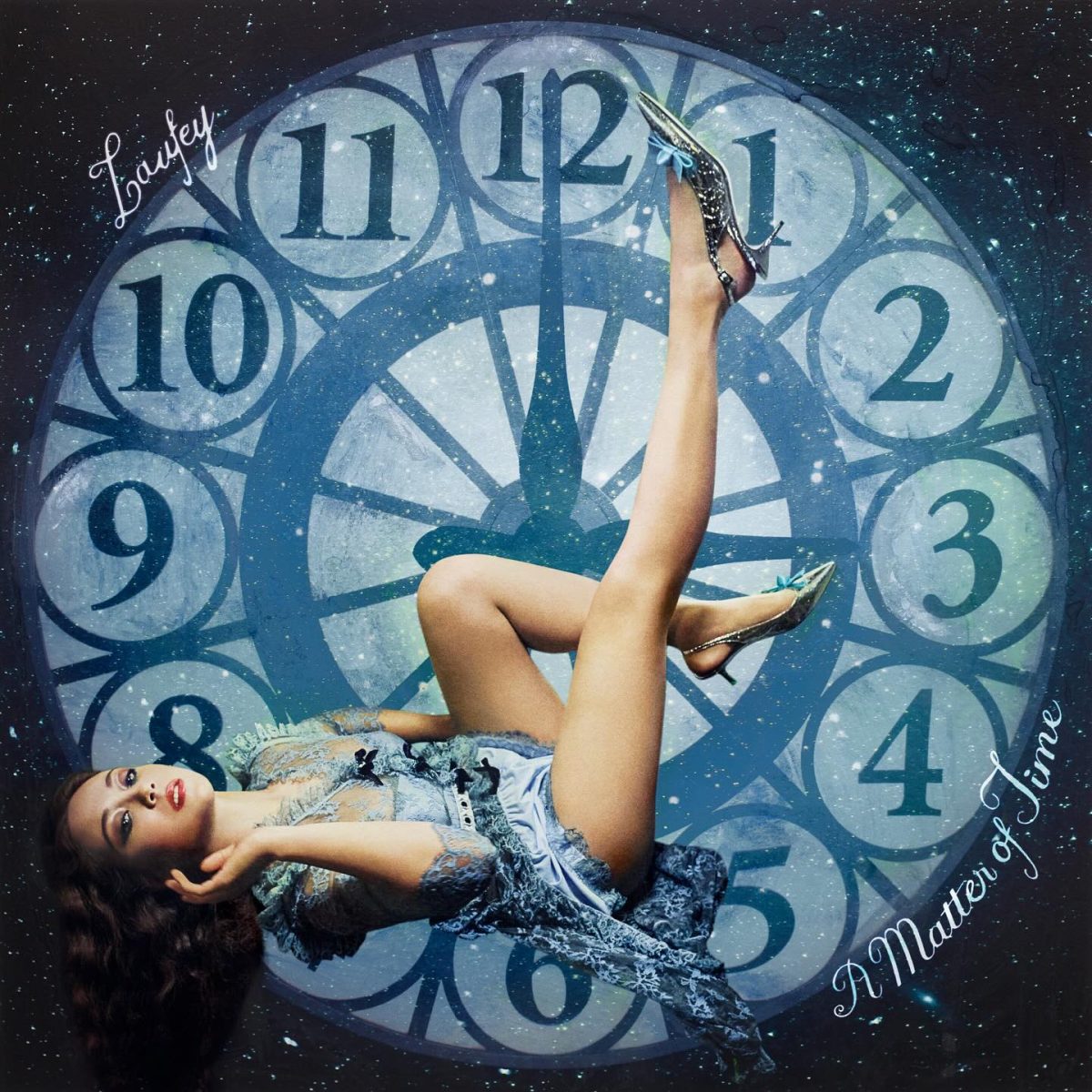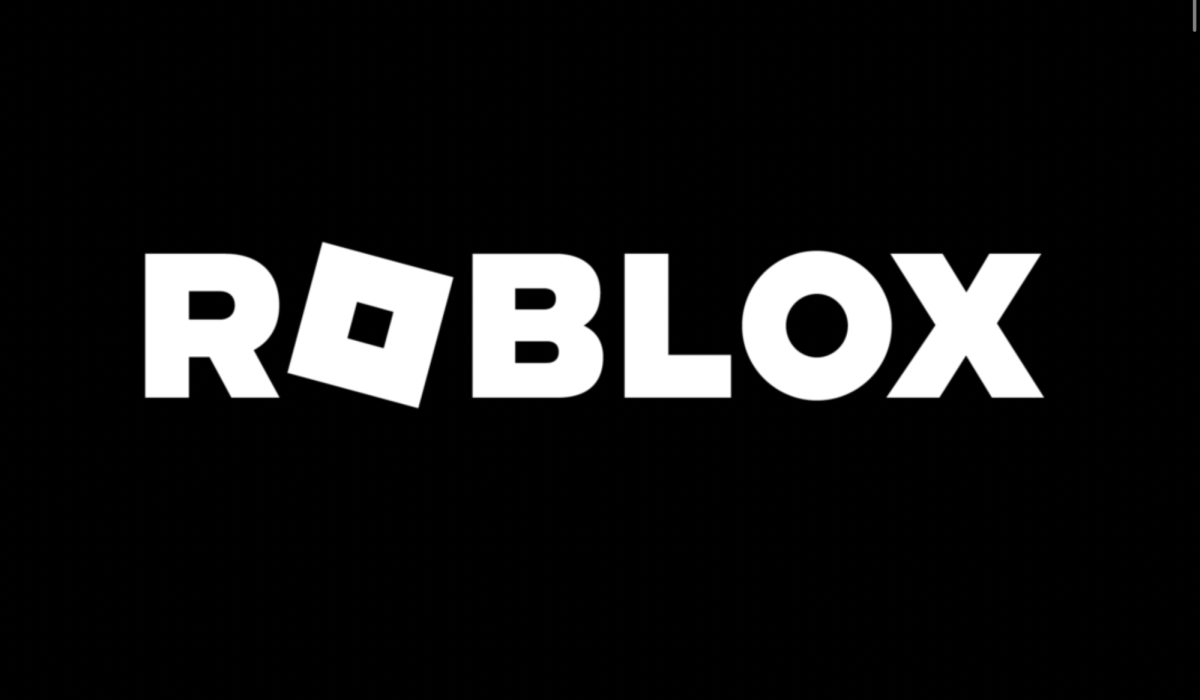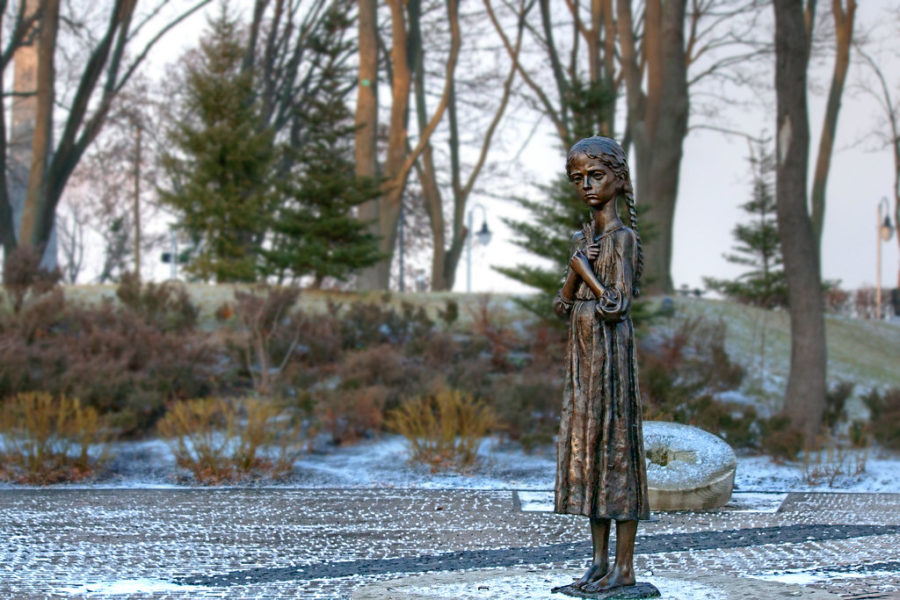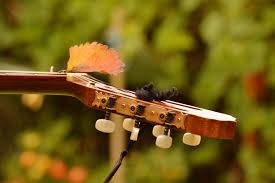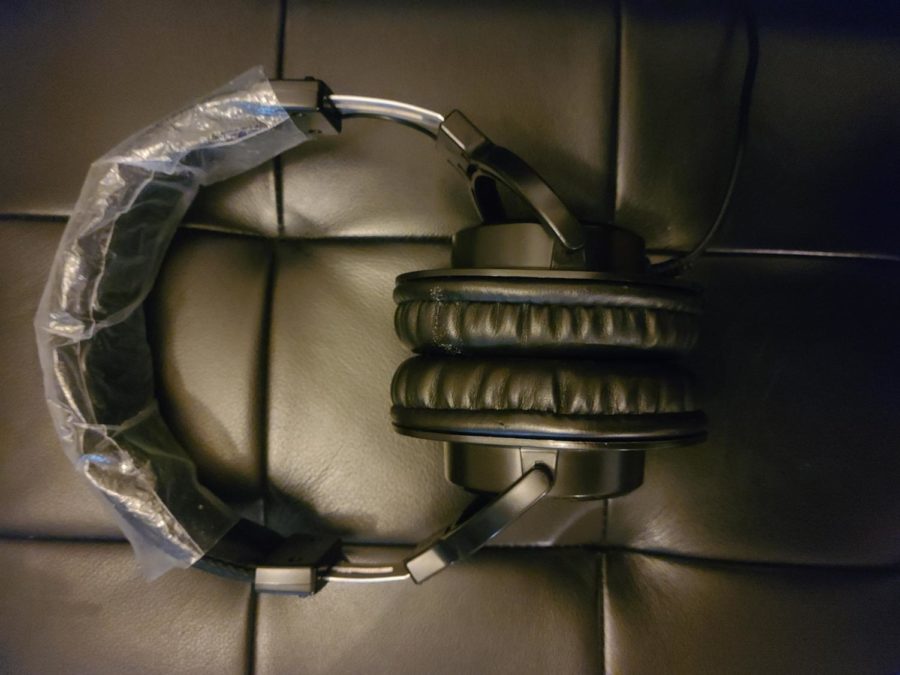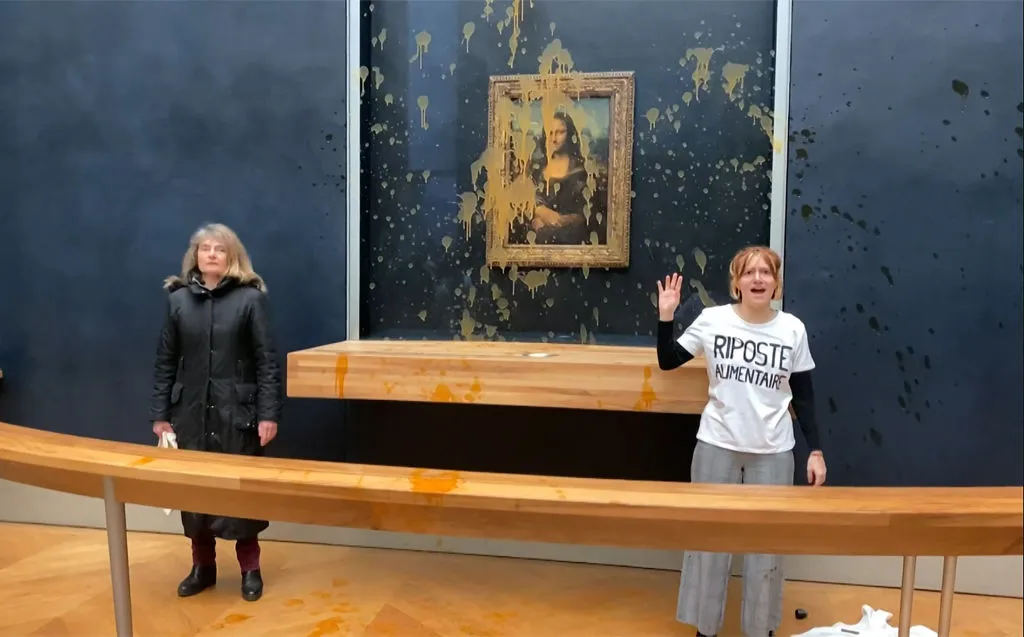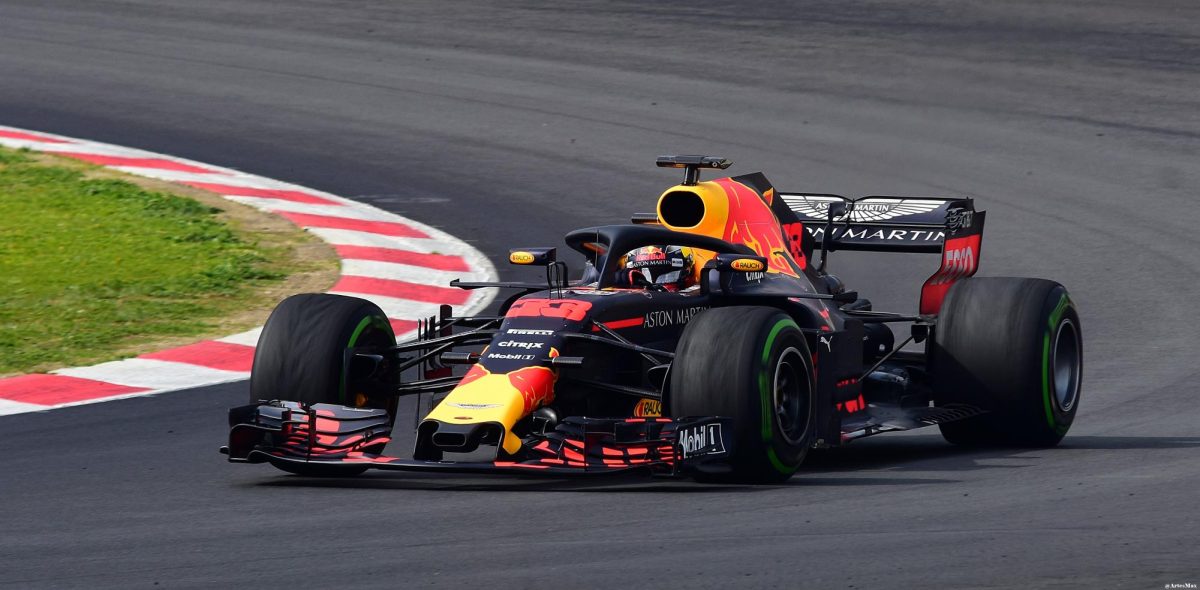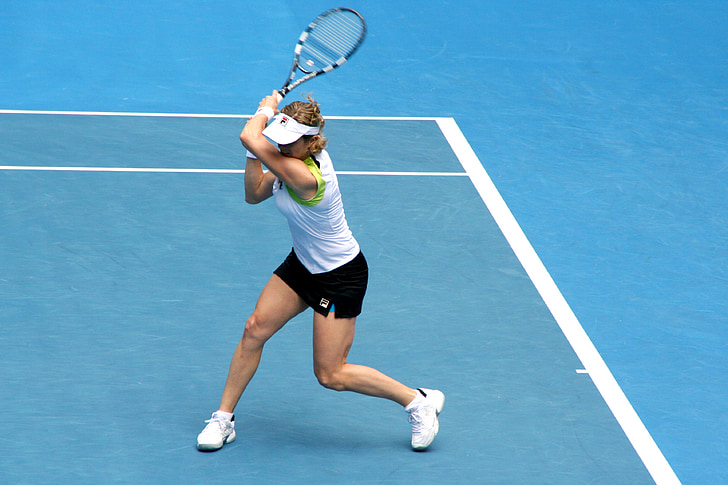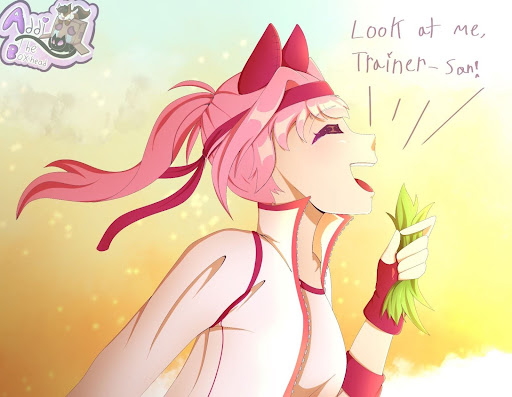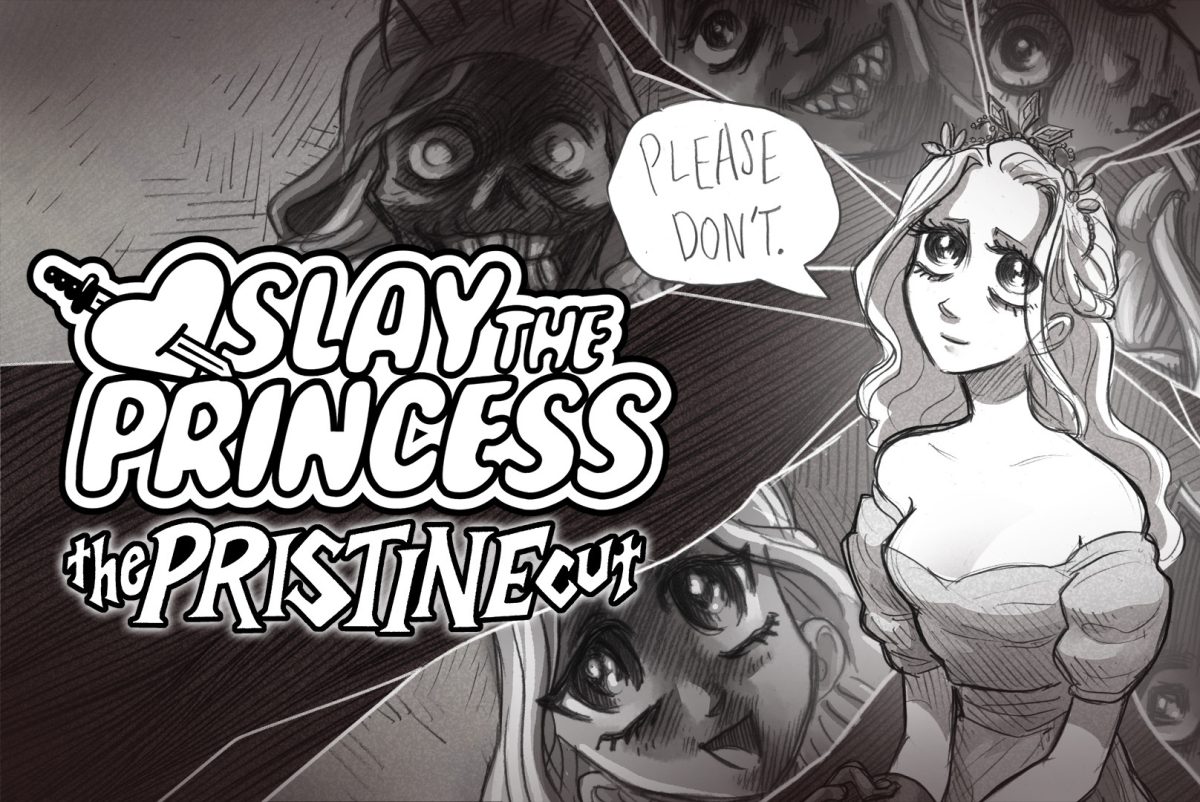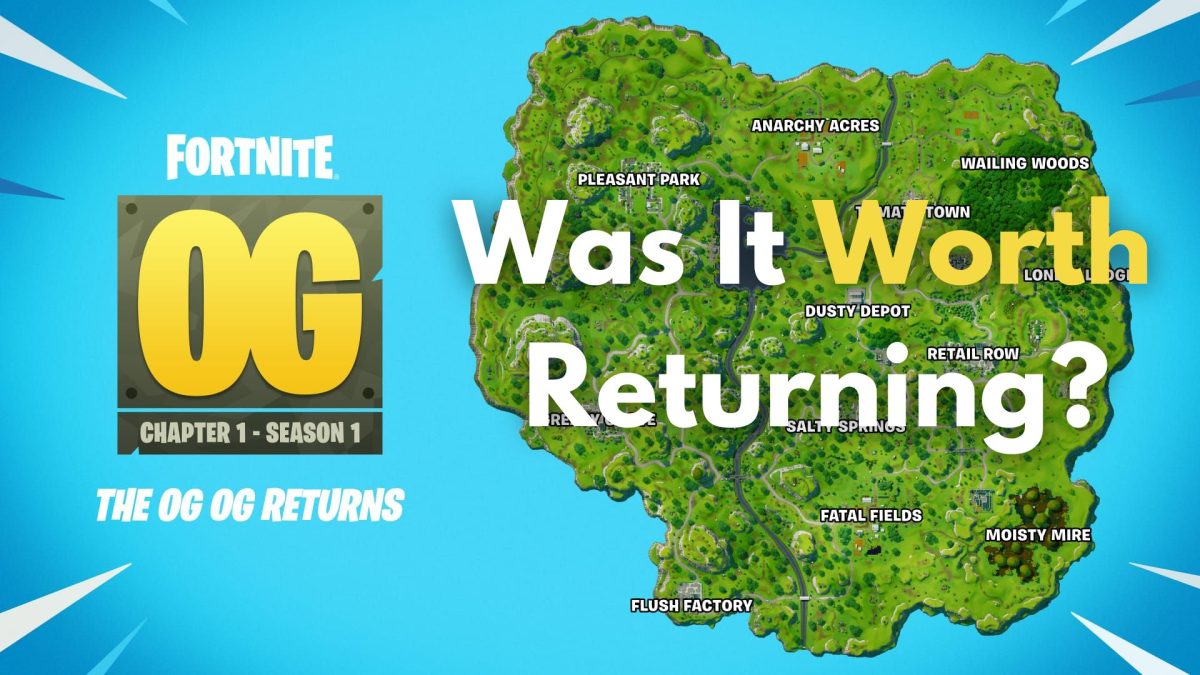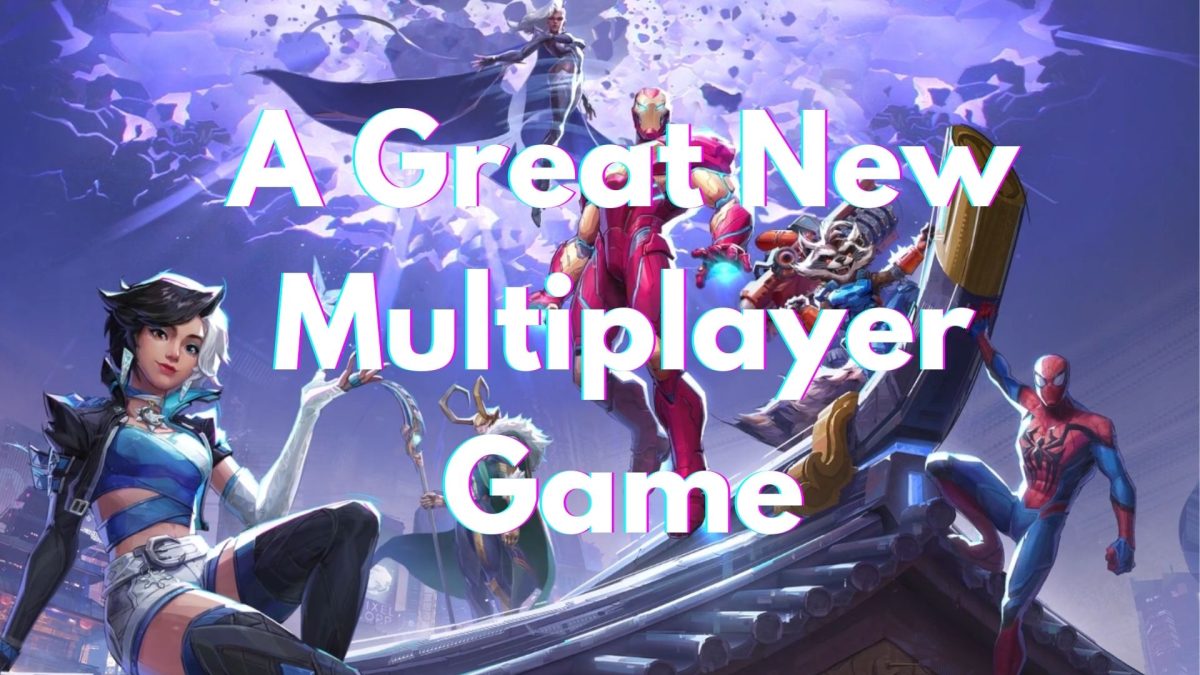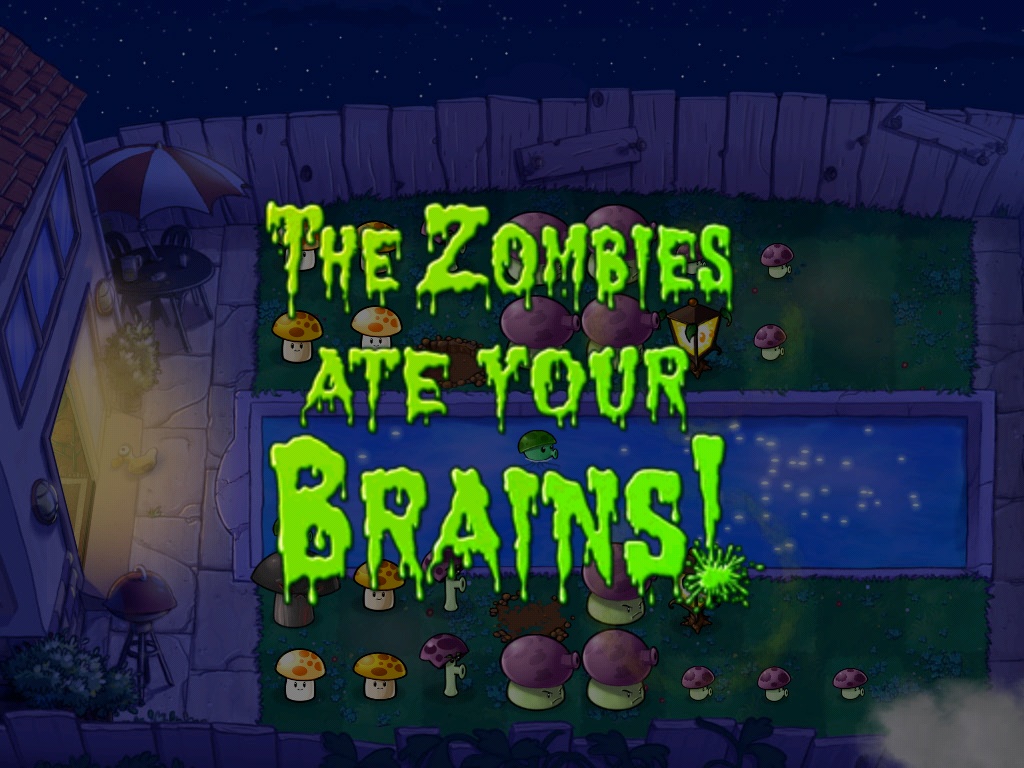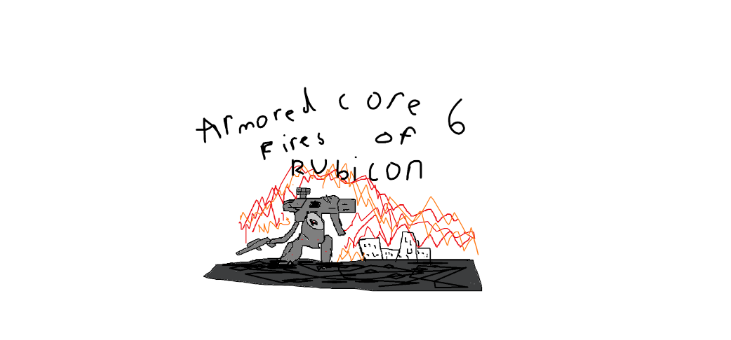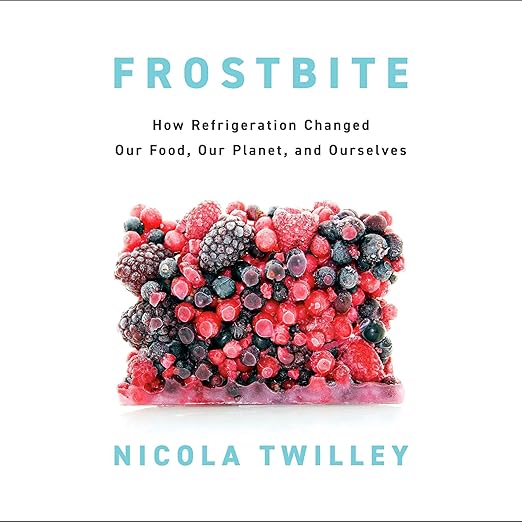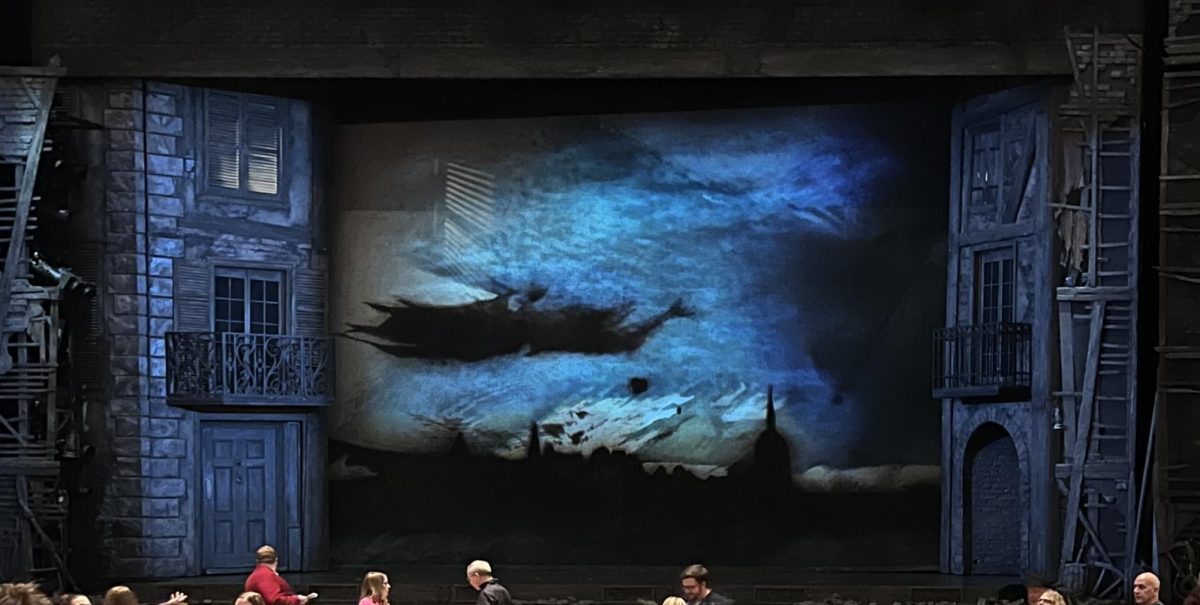Silksong, the highly anticipated follow-up to Team Cherry’s hit indie game Hollow Knight, has been released after seven years of development to a fanbase so enthusiastic that they actually crashed Steam. As a long time fan of Hollow Knight, I was ecstatic about the release until I remembered that school exists. I am still ecstatic about the release, but now I am also mourning my G.P.A. because Silksong is so good I am neglecting my schoolwork to a dangerous degree in order to play it. I used to spend my free time working on projects, reading books, writing articles—and now I spend my waking moments either playing Silksong or wishing that I did not have Tasks to complete so I could be playing more Silksong.
For those unfamiliar with either game, Hollow Knight and Silksong are both metroidvanias, a style game heavily focused on platforming and exploration of a sprawling map, and are both populated entirely by charmingly designed bugs. And while they take place in different lands, the world remains the same, as the protagonist of Silksong, Hornet, was a recurring character in Hollow Knight.
However, the gameplay takes off in some striking new directions. Hornet plays much faster in both combat and platforming than the Knight—the player character of Hollow Knight—and has far superior air game, something that is dearly needed considering the number of flying enemies. She’s practically zippy, which makes for even more precise—and even more rewarding—platforming challenges. But she’s also fragile, with numerous bosses and even normal enemies regularly dealing two points of damage for a single hit, which is a huge issue in a game where you start with a grand total of five hit points. You can lose nearly half your health just for walking into the wrong guy! However, this is somewhat compensated for by Hornet’s healing system. Where Hollow Knight had Soul, Silksong has—you probably guessed it—Silk, a resource generated by scoring hits on enemies that can be used to fire off special abilities or to heal. As in the first game, healing does leave you vulnerable for a time, but in Silksong, you’re able to heal midair and for three hit points at a time. Although this boon does come at a cost: you can only heal when your Silk gauge is completely full.
Silksong also introduces several exciting new mechanics—crests and tools. Crests are special items hidden throughout the game that are typically locked behind some kind of platforming and/or combat challenge, and for good reason, seeing as they literally change the game. Equipping a different crest completely overhauls Hornet’s base moveset—a quick sideways jab turns into a powerful slash, a diagonal pogo becomes a heavy downwards blow—and sometimes come with unique buffs, such as the Crest of the Reaper, which produces additional Silk from attacking enemies for a short amount of time after healing or using an ability.
Tools, on the other hand, are a group of equipable items, some of which are mighty familiar to anyone who made it to the second Hornet boss fight in Hollow Knight. They range from simple thrown daggers that provide the enormous boon of reliable ranged weaponry, to traps you can set around the arena of a tricky fight, to basically-guns. The variety and versatility of the tools allows for enormous variations in playstyles, and makes dealing with certain enemies less of a headache (looking at you, Silk Snippers).
The game also retains the impeccable aesthetics of Hollow Knight, with gorgeous art and spectacular music, as well as the general haunting atmosphere. Hollow Knight is almost straightforwardly eerie, with the land of Hollownest having long fallen into rot, but Silksong finds the kingdom of Pharloom in its death throes. The land is transient, filled with an endless stream of unpredictably hostile pilgrims seeking the unspecified glories of the Citadel. The emptiness of certain places, the way infrastructure has been abandoned, the isolation of lone friendly faces who seem to know just as little as you—all of it creates the impression of a society in free fall, the cause of which is disturbingly unclear. While Hollow Knight had the Infection—a relatively straightforward memetic zombie plague—Silksong has the Haunting, a Silk-based affliction turning the pilgrims of Pharloom against each other. Something undeniably sinister is threaded throughout the game, and I’ll probably never find out what it is since I’m so bad at it.
While I have friends who’ve already beaten it, I myself am afflicted by the incurable curse of being a game journalist and thus am so, so bad at it. I’m ten hours in and have barely scratched the surface of what Silksong has to offer, and meanwhile, speedrunners are already beating the game in under an hour. There are bosses that took me twice that time.
This is for a number of reasons—see game journalist curse—but part of it is that Silksong, like its predecessor, is a legitimately difficult game, especially for newcomers to the genre. Aside from being absolutely riddled with secrets, a huge part of gameplay is failure, as even experienced players might launch themselves at a boss or tricky platforming section ten, twenty, or even fifty times before succeeding. It’s not a game you breeze through—like Hornet, you’re fighting every step of the way, which is precisely what makes it so rewarding. Silksong respects its players—in my case, more than it should—and is unabashed in its expectations for them. It hands you no easy victories, but it doesn’t place them entirely out of reach. There have been times when the game has infuriated me beyond words, but never once have I ever thought it was unbeatable. If you have the time, if you have the persistence, anything is possible.
And, of course, I would be remiss to end this article without mentioning the art. Team Cherry has pulled out all the stops, forging a frankly awe-inspiring setting with every jaw-dropping background and every splendid character design. Not to mention Hornet herself looks incredible, with hundreds of unique animations for everything from opening the map while in bed to sprinting into a wall. You can plainly see every ounce of thought and care that was poured into this game.
Silksong is fantastic. It has lived up to the hype and gone three steps beyond at every turn. The gameplay, the worldbuilding, the music (dear god, the MUSIC! Christopher Larkin has done it again!)–all of it adds together to make Silksong one of most stunning pieces of art I’ve had the joy of experiencing, and I could not recommend it more.


